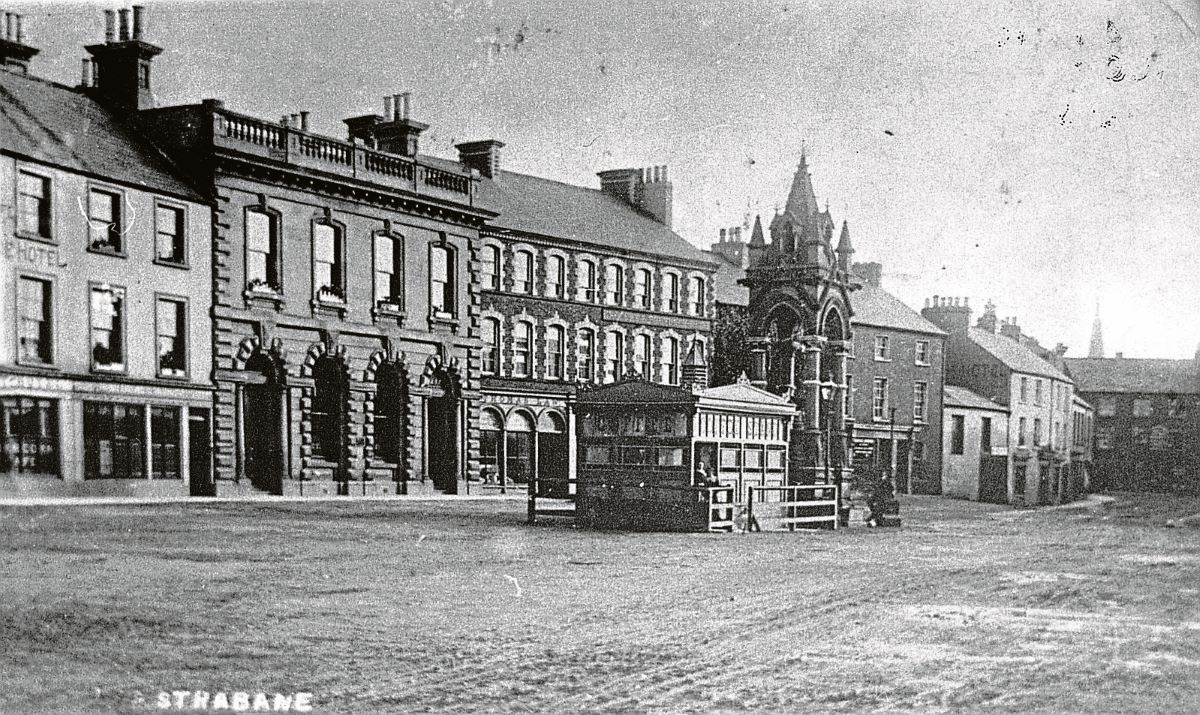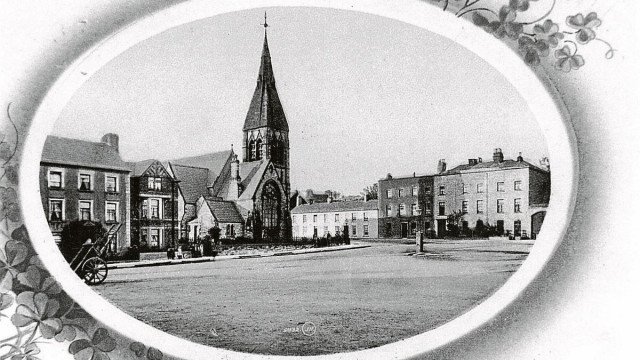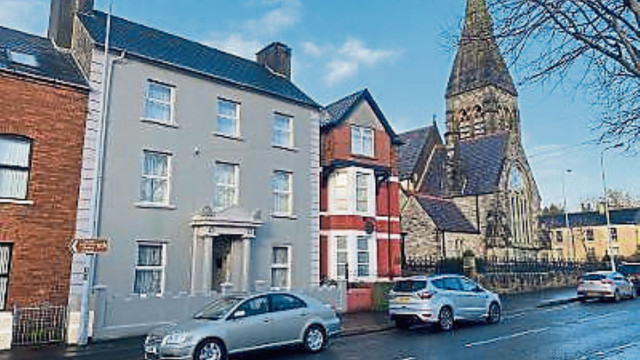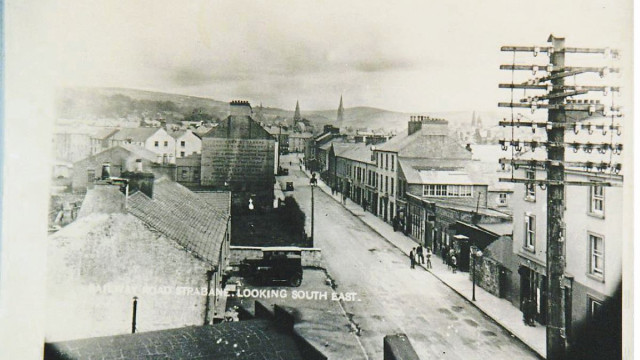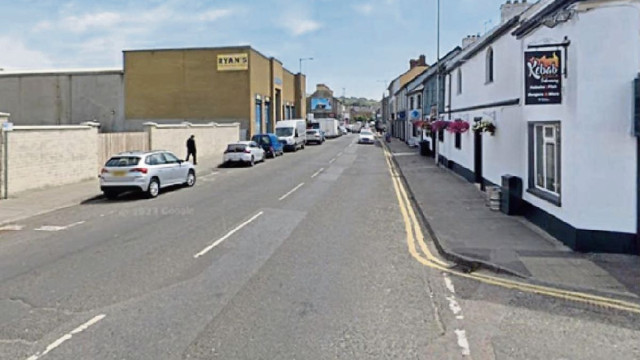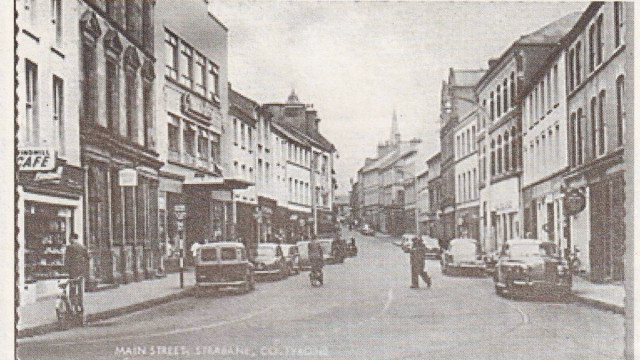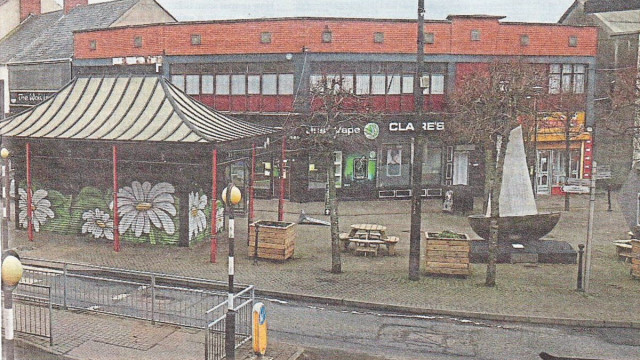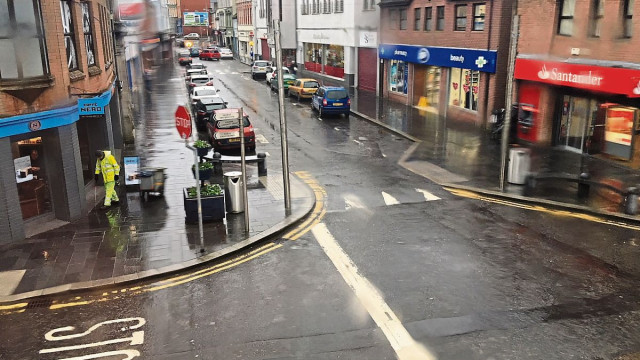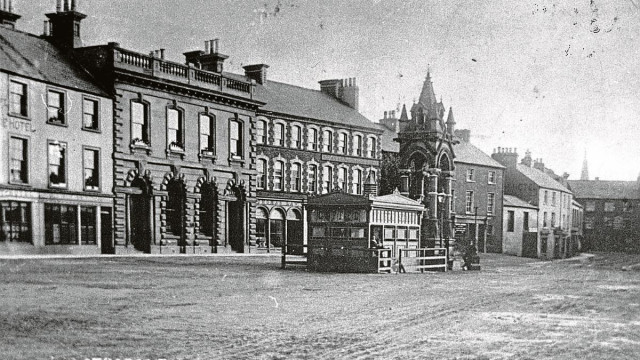Going as far back as the fourth century, there have always been settlers in what we know today as Strabane or, Srath Ban. From the first group of Celts to settle here (the Orighella), the Viking raiders in the Middle Ages, the Scottish Plantation settlers in the seventeenth century and right through to the present day, the town has been through a multitude of changes over the centuries.
Although they haven’t gone as far back as the fourth century, Strabane Historical Society recently undertook the second part of their ‘Disappearing Strabane’, a pictorial journey through the (fairly) recent past, documenting the changing face of a town which has seen so much over its 1700-year existence.
In its 38th year, Strabane Historical Society has been at the forefront of preserving and promoting the local history of the area, with people like Willie John Carlin, Jim Bradley, Paddy Gillespie, Michael Kennedy and John Dooher among many others determined to keep history alive for future generations.
A lecturer at last Thursday’s ‘Disappearing Strabane’ talk, Michael explained, “We did the part one of ‘Disappearing Strabane’ back in 2023 in the Alley, showing 250 slides of Strabane past and present. A wonderful evening of craic and audience participation, I was challenged to do it again and, after much searching through the archives, here we are with part two which encompasses 278 slides so I’ve outdone myself!
“It isn’t easy to find photos that no-one has seen before but it’s very easy to document the changing face of our town. Last year I began by saying that there were permanent things in the town, like the mountains, the river and things that change, like shops buildings and businesses and finally, town’s people.”
And so, over the next hour, began an historical odyssey through Strabane and district.
Hospitals played a huge part in local life in the area; the fever hospital AKA Strabane hospital was built behind the workhouse (now Porter’s factory) where patients from the workhouse went when they got ill and the little-known Windsor House, which was on Newton Street.
One of the many humorous interludes came when Michael told a story of Miss Devine and her bundles of clothes which she frequently left at her front door. One day his brother Declan lifted one of the bundles and police were called. When questioned, Declan said “I thought she was throwing it out.”
Snaps by famed photographer, Burrows, best known for his pictures of the Titanic and Cooper were also shown, taking in Patrick Street and its residents in their Sunday best; Abercorn Square and the famous pagoda with adjoining coffee shop funded by the Marquis of Abercorn circa 1900; Strabane Canal (which had its own dedicated presentation last month) and the Bowling Green which, strangely, was never actually bowled on.
BUSTLING MARKET TOWN
Once a healthy, bustling market town packed with industry and now the victim of economic deprivation, photos outlining just how busy Strabane was, brought back so many memories for attendees. Businesses like Blair’s, Sweeney’s, Vaughan’s, McElhinneys, Home and Colonial Stores, Devine’s tea shop and many more told the tale of Strabane as a pivotal trade lynchpin for the surrounding area, with so many coming in from the hinterlands to shop and stay, with Thompson’s Hotel and the Abercorn Hotel always a busy stop for travellers. These businesses were replaced by others like The Rainbow Café, Fairway Stores, Traffic, Miss Primm, Book City and others which have also departed. Many a laugh was raised by the crowd at the mere mention of Minnie Warke’s lingerie shop and her (infamous) sign which signalled a sale, reading ‘knickers down, now’s your chance!’ One of the more recent dearly departed businesses was O ’Doherty’s on Railway Street, victim of the ‘thunder bomb’ which saw it burn to the ground in 2021.
Anyone know what a vennel is? It turns out, Strabane is rife with them. A vennel is a small alleyway next to a building allowing for deliveries and many can be found in the town centre, including Castle Street beside Billy Divers and Vaccaro’s respectively, Main Street next to the Santander Bank and also Lower Main Street.
If anyone ever asks ‘where’s Scutcher’s Row?’ only those of a certain age know this but, if you wanted to be smart about it, the answer could easily be ‘Main Street’. Because it, along with around 30 other bygone street names including New Street, Kennedy’s Row and Casey’s Lane have been put on paving slabs which anyone in town walks on daily.
TOWN HALL
Remembrances of the Town Hall were rife when the then iconic building popped up on screen. Originally a market place, Michael told a tale of how the original clock was replaced in 1908 but, bizarrely, only had an hour hand! Asked why, a crowd member jokingly piped up ‘they couldn’t afford a second!” In addition Bridie McGillion fondly remembered how the election results would be announced at the Town Hall at midnight as eager crowds would gather to learn of their new representatives.
The railway gave Strabane a lease of life it hasn’t seen since the line closed and many remembered taking days out to the north coast, Dublin and further afield as ‘great days’, lamenting the fact it could no longer happen due to ‘progress’. Another victim of progress was publicans. Michael lamented, “It’s difficult to trace the foundation of the pubs we had in Strabane back in the day. It used to be a thriving business and I can remember over 40, including Arkle’s on Quinn’s Corner, Rosie O’Donnell’s in the Head of the Town and my own father’s pub, being a focal point for many. Now there’s only a few which is a sign of just how defunct the business is these days.”
Probably the saddest victim of progress, especially for the group he once loved, was the demise of Pat Gillespie’s house. One of Strabane’s true characters, Pat was known for his bikes and other contraptions. Following his passing, Pat’s house on Railway Street was tumbled in the name of progress.
As the lecture drew to a close Michael explained why old pictures endure.
“We’ve been going 35 years and this type of night is without a doubt, our most popular. It’s here where people can recall, remember and reminisce about bygone days and that’s exactly what local history is about.”






